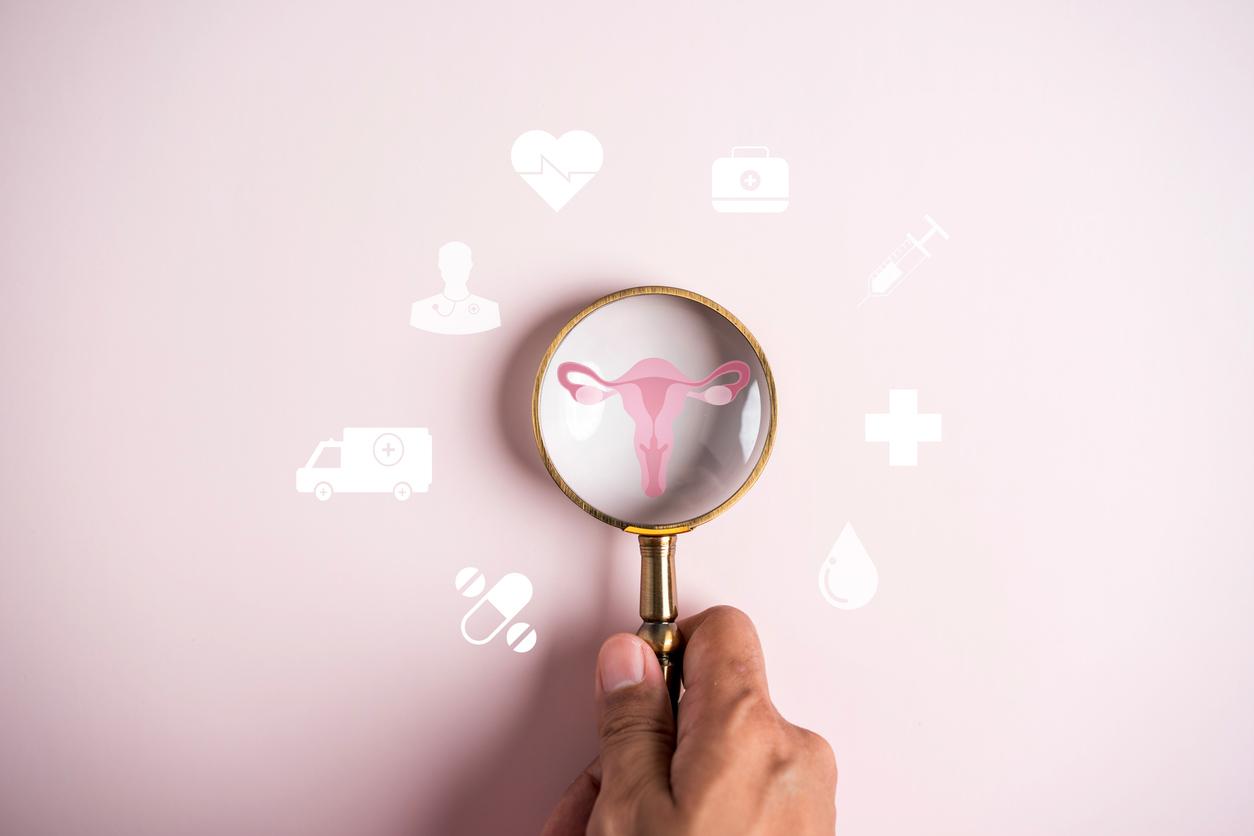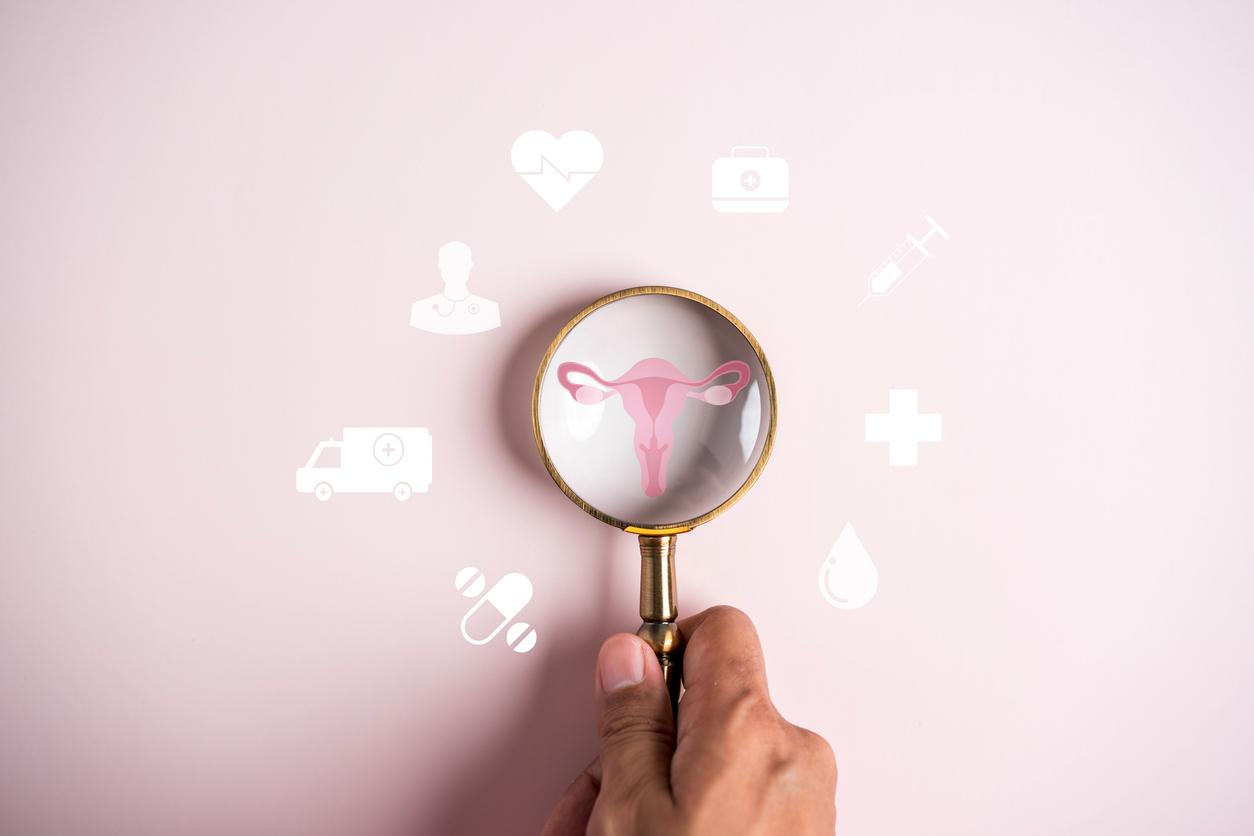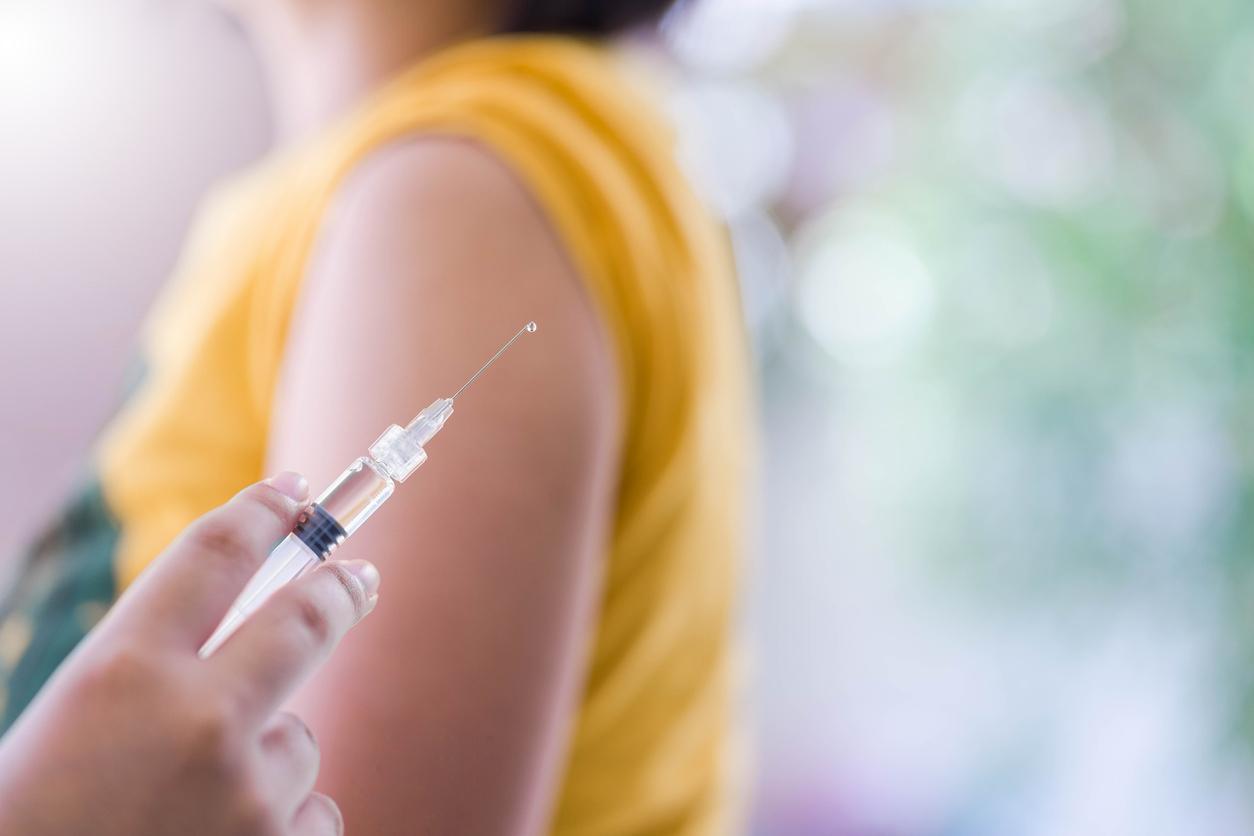In our British neighbors, the health authorities send directly to women who are late on their smear a screening kit for HPV (human papillomavirus).

- HPVs are more or less involved in at least eight cancer sites: cervix, anus, oropharynx, vulva, vagina, oral cavity, larynx and penis.
- To find out if they are carriers of the papillomavirus, English women can now test themselves at home, without a smear.
While vaccination is very insufficient in France, a new way of tracking down the human papillomavirus (HPV) is developing in Great Britain. English women can now screen themselves at home, without having to make an appointment with the gynecologist and take a smear, two time-consuming and often painful procedures.
In concrete terms, the British National Health Service (NHS) sends women who are late on their smear a screening kit. A long cotton swab should be inserted into the vagina and then placed in an airtight container. The package can then be mailed to medical analysis laboratories. If the person is positive for HPV, they will be invited to consult a gynecologist for a more in-depth medical examination, which will notably check the absence of pre-cancerous lesions.
Cancers and HPV
HPV is more or less involved in at least eight cancer sites: cervix, anus, oropharynx, vulva, vagina, oral cavity, larynx and penis. Each year, in France, 6,300 new cases of cancer are attributable to infections linked to the human papillomavirus, which condoms do not stop.
Screening is all the more important since in 2019, only 27.9% of young French women aged 16 were vaccinated against HPV. This figure places France well below the objectives set by the cancer plan (60%, editor’s note), and very far behind our neighboring countries. In this context, the French colposcopy society (SFCPCV) “recalls that if the extension of HPV vaccination to boys is essential, it is also imperative to increase the vaccination coverage of young girls”.
After the favorable opinion of the High Authority for Health (HAS), vaccination against human papillomavirus infections has been open since January 1 to boys aged 11 to 14, with a possible catch-up from 15 to 19 years old.

.















